PET CARE: SPECIAL OFFERS FROM THE WINTER CATALOGUE
Here are our leading offers for Pet Care from the Winter Catalogue. Prices may vary due to freight. Protection against fleas, ticks,…
Free Delivery when you spend $49 or more. (Weight Limits Apply – view more)
 Dog
Dog

Shop Tuckers great range of dog food, health care & wellness products today. Delivered or Click & Collect.
 Cat
Cat

Tuckers has a great range of cat food, health care & litter products for your beloved cat. Shop now.
 Horse
Horse

Tuckers carry a huge range of food, supplements, health care, hoof care and grooming accessories. Shop now.
 How To Keep Your Horse In Top Shape With Kelato Swelldown
How To Keep Your Horse In Top Shape With Kelato Swelldown Get your Free Balanced TruGuide Diet
Get your Free Balanced TruGuide Diet WET FEET: NUTRITIONAL MANAGEMENT OF HORSES IN WATER-LOGGED AREAS
WET FEET: NUTRITIONAL MANAGEMENT OF HORSES IN WATER-LOGGED AREAS GastroAID Everyday: The unique gut health supplement with science-backed ingredients
GastroAID Everyday: The unique gut health supplement with science-backed ingredients EQUINE HEALTH: SPECIAL OFFERS FROM THE WINTER CATALOGUE
EQUINE HEALTH: SPECIAL OFFERS FROM THE WINTER CATALOGUE Chook/Bird
Chook/Bird

Tuckers range of food, accessories & health care products will keep your chooks & birds happy and healthy.
 Small Animal
Small Animal

Shop food and health care products for your little mates @ Tuckers. Delivered or Click & Collect.
 Farm/Garden
Farm/Garden

Tuckers carry a wide range of sheep & cattle products, plus everything you’ll need around the farm or garden.
 Dog
Dog

Shop Tuckers great range of dog food, health care & wellness products today. Delivered or Click & Collect.
 Cat
Cat

Tuckers has a great range of cat food, health care & litter products for your beloved cat. Shop now.
 Horse
Horse

Tuckers carry a huge range of food, supplements, health care, hoof care and grooming accessories. Shop now.
 How To Keep Your Horse In Top Shape With Kelato Swelldown
How To Keep Your Horse In Top Shape With Kelato Swelldown Get your Free Balanced TruGuide Diet
Get your Free Balanced TruGuide Diet WET FEET: NUTRITIONAL MANAGEMENT OF HORSES IN WATER-LOGGED AREAS
WET FEET: NUTRITIONAL MANAGEMENT OF HORSES IN WATER-LOGGED AREAS GastroAID Everyday: The unique gut health supplement with science-backed ingredients
GastroAID Everyday: The unique gut health supplement with science-backed ingredients EQUINE HEALTH: SPECIAL OFFERS FROM THE WINTER CATALOGUE
EQUINE HEALTH: SPECIAL OFFERS FROM THE WINTER CATALOGUE Chook/Bird
Chook/Bird

Tuckers range of food, accessories & health care products will keep your chooks & birds happy and healthy.
 Small Animal
Small Animal

Shop food and health care products for your little mates @ Tuckers. Delivered or Click & Collect.
 Farm/Garden
Farm/Garden

Tuckers carry a wide range of sheep & cattle products, plus everything you’ll need around the farm or garden.
Article Courtesy NexGard

There are several types of parasitic worms in cats. Roundworms, hookworms and tapeworms are important types of intestinal worms in cats that can also infect and cause disease in people. Lungworm, although not a risk to people, can lead to severe, life-threatening respiratory disease in cats. Read on to learn more, including the symptoms of worms in cats and how to protect your cat.
Important types of worms to be aware are:
Occasionally, it may be possible to see worms in cat poop (or segments of worms in the case of tapeworms). However, specific tests are usually required to diagnose a worm infestation. For example, your veterinarian may recommend a test to look for microscopic worm eggs in a faecal sample.
Symptoms or signs of worms in cats can vary, depending on the type of worm and the age of the cat.
When you’re looking for worm medicine for cats, there are different options available, such as tablets or topical (spot-on) treatments. Worming tablets for cats can be very challenging to administer. NexGard SPECTRA® Spot-On for Cats is an easy to use, topical cat dewormer that is effective against roundworms, hookworms, tapeworms and lungworms. Monthly treatment with NexGard SPECTRA® also protects cats against fleas, ticks, mites and heartworm. It can be used in kittens from 8 weeks of age and weighing at least 0.8 kg. There’s no need for multiple products – just one and it’s done!
Entire range - quick and secure delivery
Buy securely online and pickup at your local store
Call your local store and come on down to pickup
© 2024 Tuckers Pet & Produce.
